
Profile | At 3-Michelin-star San Sebastian restaurant Arzak, Elena Arzak’s father reinvented northern Spain’s Basque cuisine. She’s taking it to a new level
- Elena Arzak worked with Alain Ducasse before taking over from dad Juan Mari at Arzak. She was named 2012’s best female chef by The World’s 50 Best restaurants
- The fourth-generation chef recalls how her father helped revolutionise Basque cuisine and explains her cooking philosophy at Arzak, in her family for 126 years
“My father was run by women, he was an only child in a matriarchy,” says Elena Arzak when we meet in the solid red-brick building that has housed her family’s three-Michelin-star restaurant, Arzak, in San Sebastian, in Spain’s Basque Country, since 1897.
Arzak’s grandmother, who was widowed early, ran the family restaurant, with help from her mother and aunt. Before he revolutionised northern Spain’s Basque cuisine and became one of the world’s most revered chefs, her father, Juan Mari Arzak, 81, was one of the few men who worked there.
“Basque society has a strong matriarchal culture,” says Elena Arzak, 54. “I grew up thinking it was normal to have mainly women in professional kitchens and it was only later I found out that it’s not like that.”
Now that Arzak runs the restaurant, having incrementally taken the reins from her father over the years, the female dominance remains.
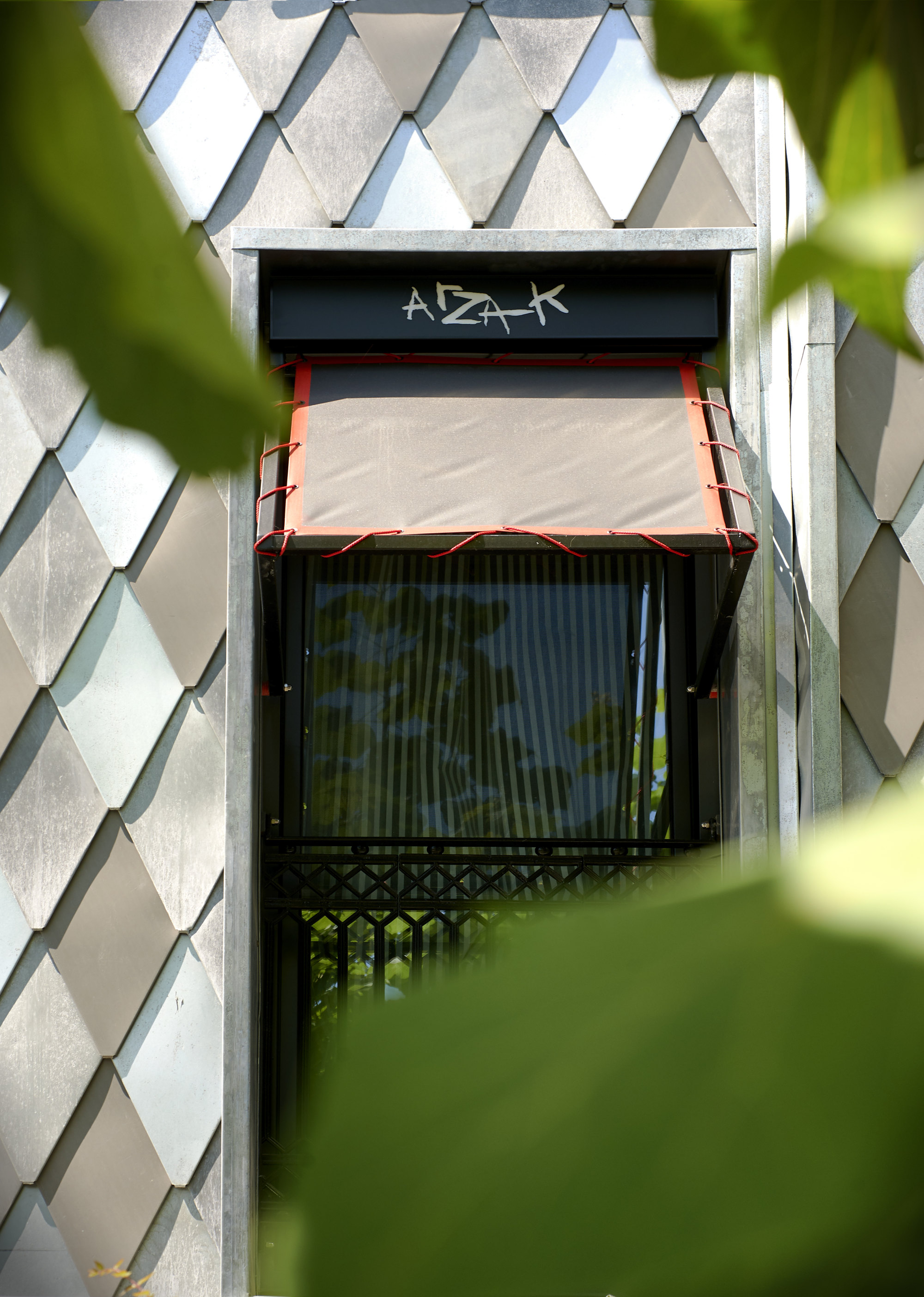
On a recent pre-service tour of the kitchens, I meet more women than I have ever seen in a haute cuisine kitchen. Around 70 per cent of leadership posts at Arzak are held by women.
Has the cuisine become demonstrably more feminine? On the contrary.
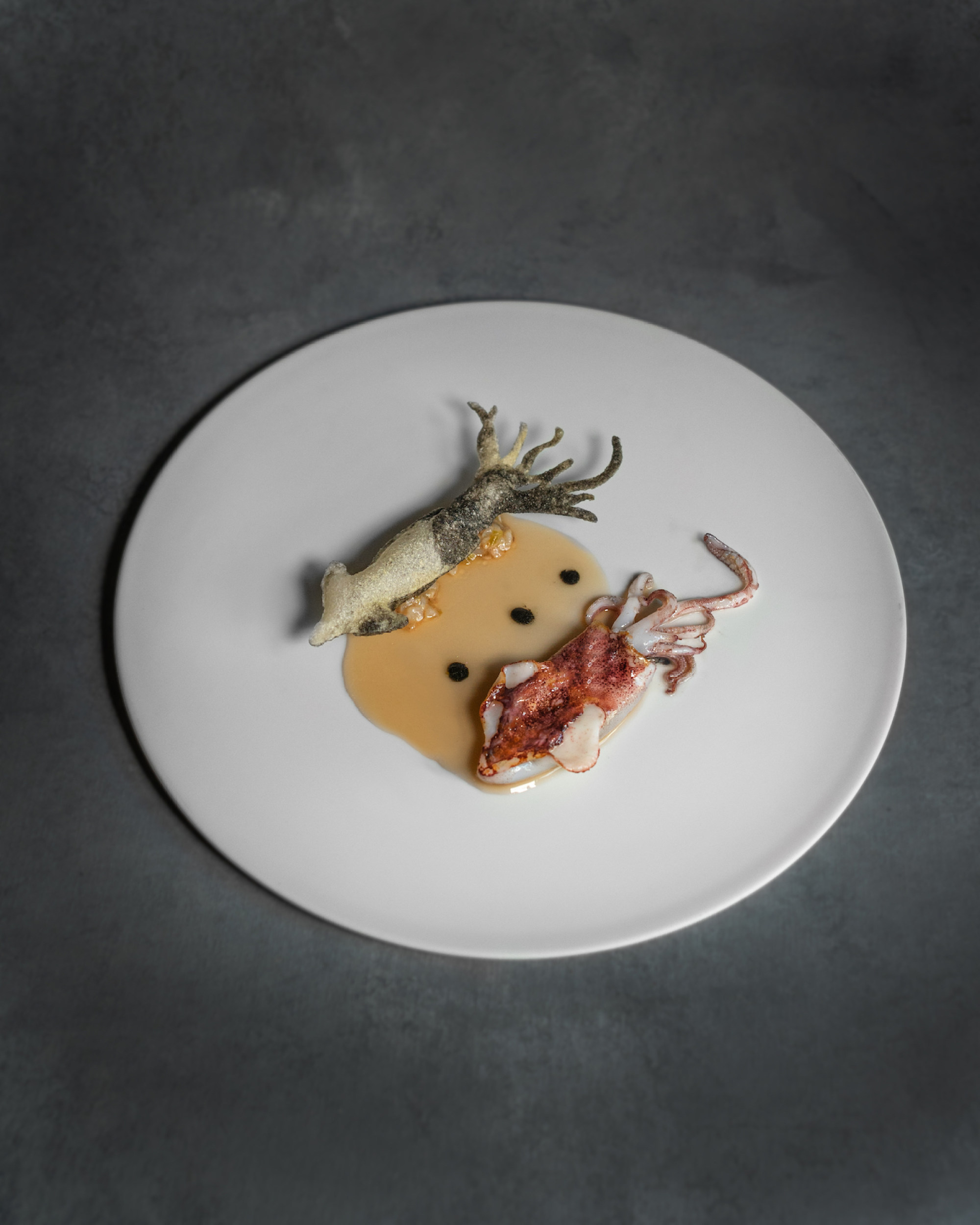
“I don’t know that there’s a difference between a man and a woman cooking,” Arzak says with a smile. “It’s a question of sensibility. My father adores flowers on a plate, and everyone presumes it’s me.”
Arzak’s style doesn’t just have fewer flowers – it’s more pared back overall, with fewer ingredients on the plate, and a focus on the local terroir and telling stories through her dishes.
She has repackaged two beloved traditional ingredients of the region, tuna and onion, in a new dish called White Tuna with Onion Helixes. Tuna steak is grilled and served with striking blackened helixes (thin, dehydrated slices) of onion that stand architecturally on the plate.
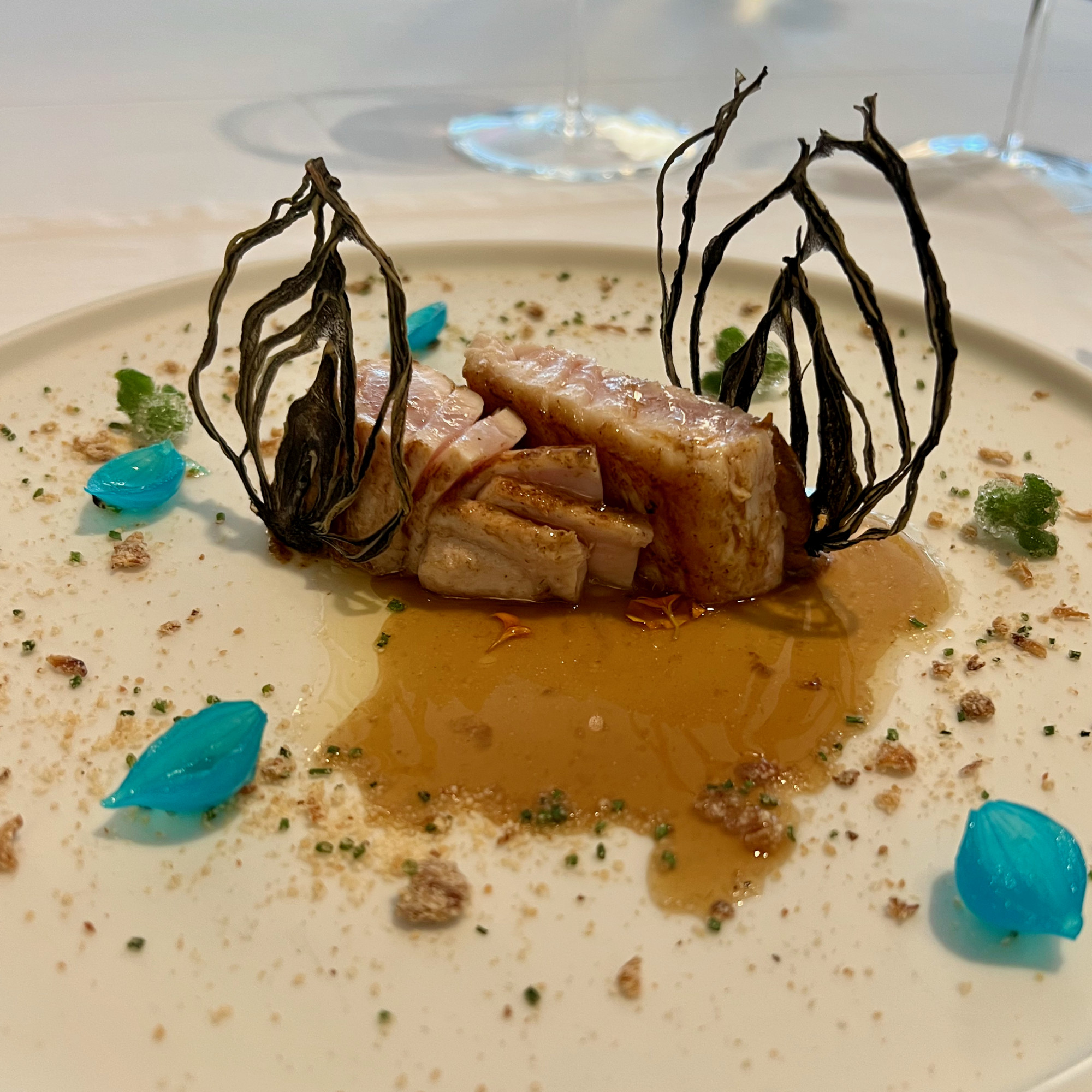
It also comes with a toasted onion sauce, and her version of farofa, a cassava dish commonly eaten in Brazil. Adding to the drama of the presentation are a few cups of miniature onion layers dyed bright blue with spirulina.
Another dish, Marbled Egg, is a long-standing feature on the Arzak menu that she updates every two years.
It tells the tale of how relatives would send her grandmother eggs daily from their farm. The restaurant was in those days humble and the eggs were “like caviar” – highly valued and selling out quickly each day.
Women need to be recognised so that more of them join the industry
One key characteristic that she shares with her father, and one that every chef requires to remain at the forefront of gastronomy, is a commitment to constant evolution.
Arzak inherits a legacy of innovation that helped brand Basque cooking as one of the most avant-garde cuisines in the world and put the small seaside resort town of San Sebastian on the global dining map.
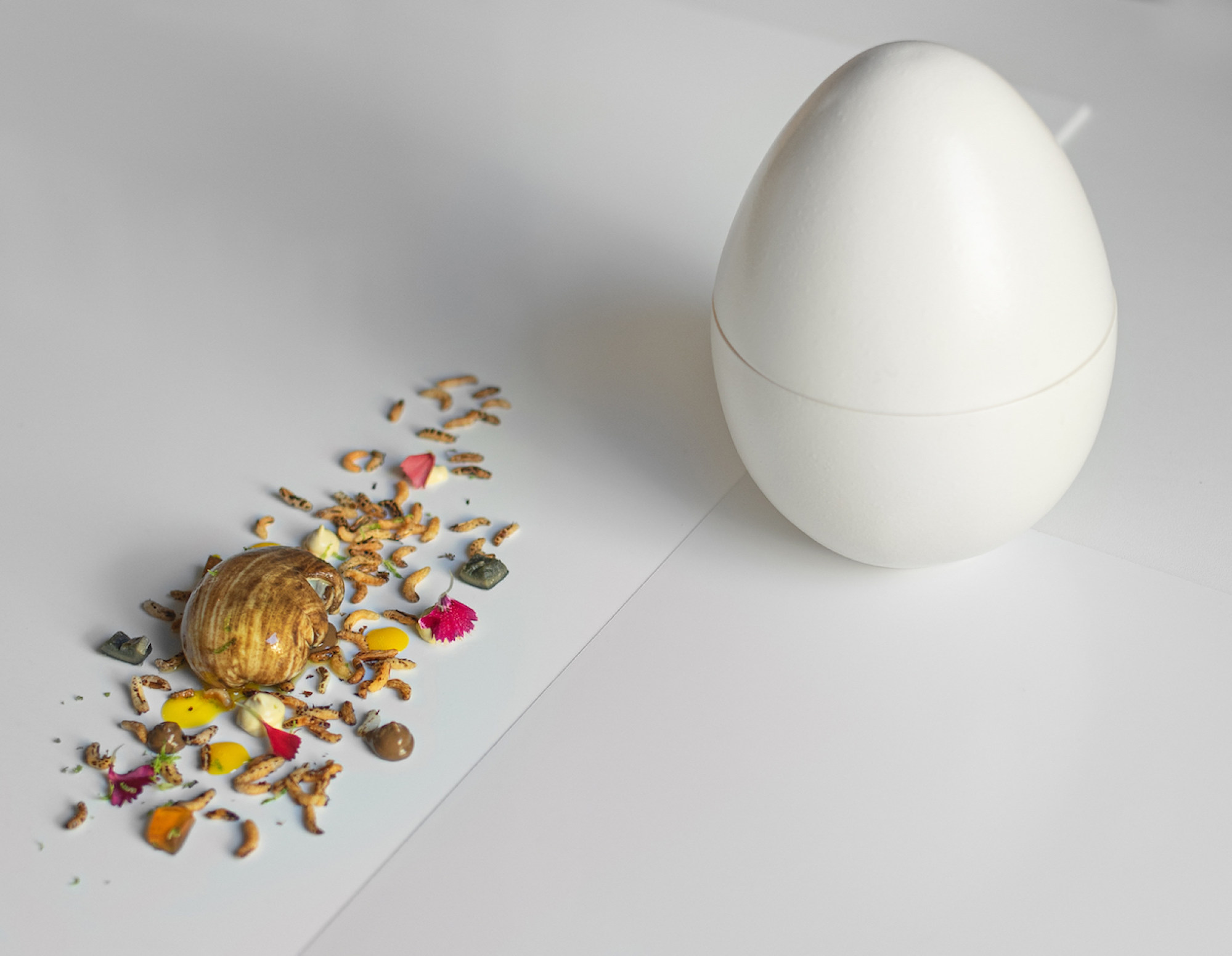
But San Sebastian had long been known by Spaniards as a gastronomic destination. Before the 1970s, people came from all over the country to try seasonal Basque dishes such as squid in ink sauce, a tuna stew called marmitako, and hake with clams.
Then, in the late 70s, diners were given an exciting new reason to visit San Sebastian.
In 1976, legends of French cooking Paul Bocuse and Raymond Oliver presented the precepts of nouvelle cuisine to a round table meeting in Madrid. This radical new approach to cooking aimed to abandon the traditions of France’s grande cuisine by creating much lighter dishes that borrowed ingredients from non-French cuisines and were plated in the kitchen instead of tableside.
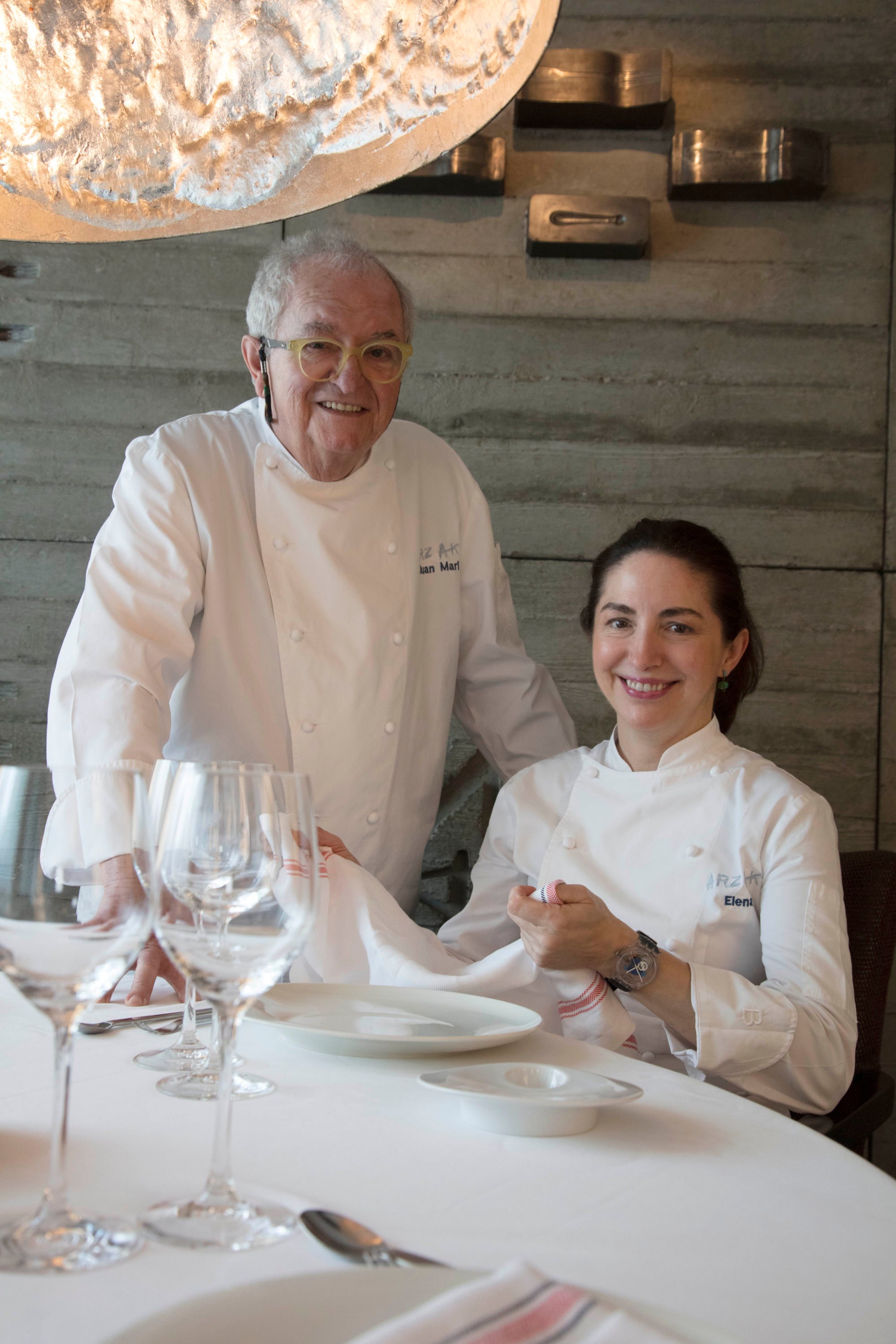
Two chefs from San Sebastian at the meeting, Juan Mari Arzak and Pedro Subijana, who now heads three-Michelin-star Akelarre in the hotel of the same name, were electrified by what they heard.
They borrowed some of the ideas, and the rebellious spirit, of the new movement and invented their own Nueva Cocina Vasca – New Basque Cuisine.
“To repeat a model exactly in a different place and with a different cuisine is impossible, but Pedro and my father started correcting traditional dishes that were not going in the right direction – perhaps they were too oily or overcooked – and started using ingredients from other cultures, such as spices and exotic fruits,” says Elena Arzak.
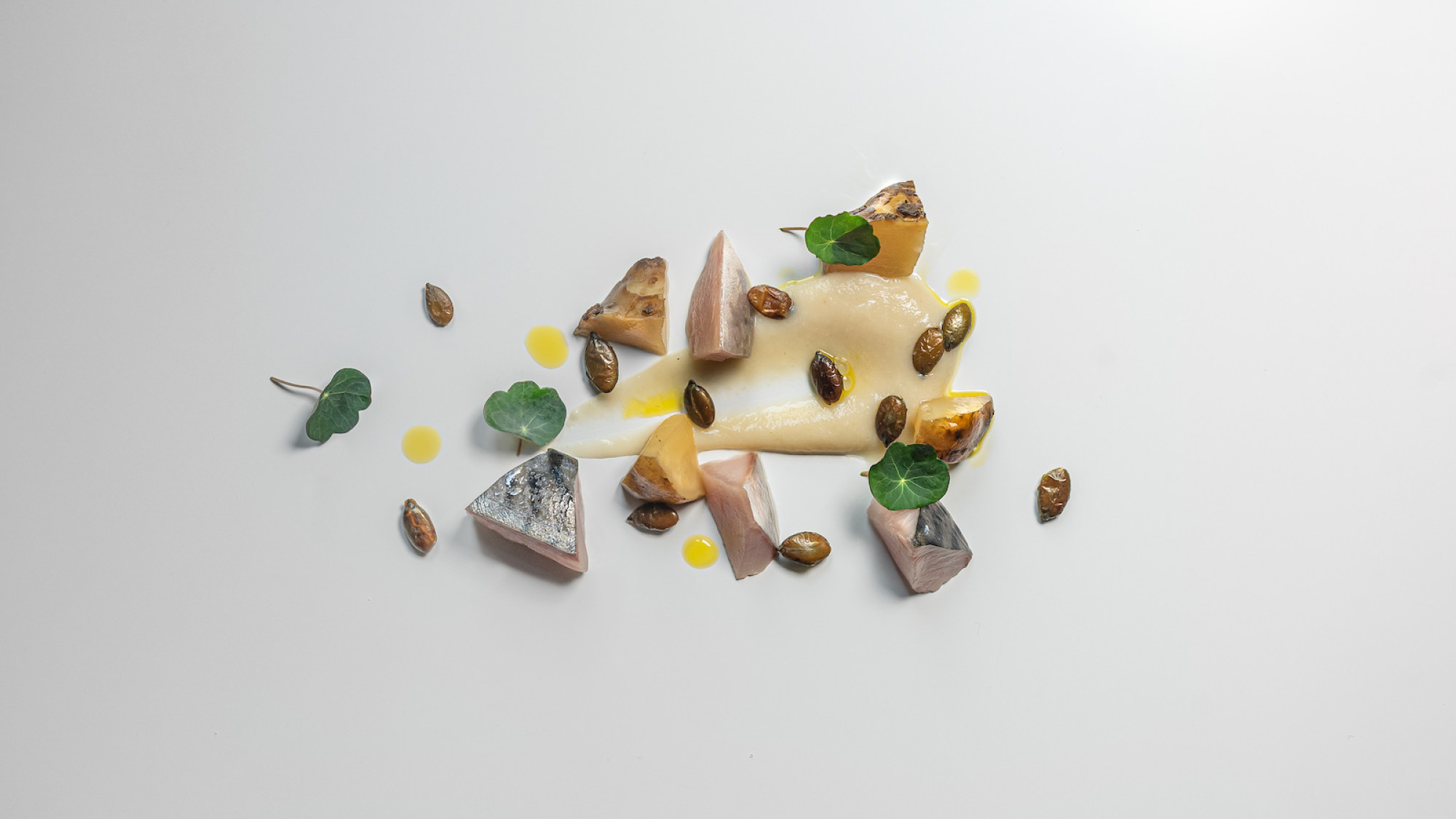
They also “brought the new cuisine to the people”, giving talks about it and setting up exhibitions in villages. They offered special prices and vouchers so people of all economic backgrounds could enjoy their restaurants.
“The effect of this is still felt today – there’s no social class for food here in San Sebastian,” she says.
By 1989, Arzak Snr had taken Basque cooking into entirely new realms, and had elevated the family restaurant to three-Michelin-star status. The establishment has held these most prestigious of symbols ever since.
‘Eating meat is going to feel like smoking’: Eleven Madison Park chef
Arzak has always known she would step into her father’s shoes, and was already chopping vegetables as a child. She went to culinary school in Luzern, Switzerland, and spent six years abroad training with the world’s top chefs, including Alain Ducasse, Ferran Adrià and Pierre Gagnaire.
Then she returned home to Arzak and cooked as a team with her father. It was in the markets of San Sebastian that she found her own voice: in the 90s, local chefs were cooking with imported, “exotic” ingredients but she wanted to put neglected traditional produce such as the small peppers she saw at the market stalls back on the plate.
It took her four years but she finally developed her own style.

In 2012, she won the title of best female chef in the World’s 50 Best Restaurants awards, garnering global recognition separately from her father. More than a decade on, does she still feel special awards for female chefs are warranted?
“Yes, women need to be recognised so that more of them join the industry,” she says, before adding, “but these categories won’t exist in the future.”
For her, it is just the ebb and flow of culture: when her father was at hospitality and cooking school in Madrid there were very few female students whereas at cooking school in Luzern, the women outnumbered the men.
How ex-Chaat chef’s Indian dishes ‘sing the songs of olden times’
Now, at San Sebastian’s prestigious Basque Culinary Centre, it’s equal.
Arzak has two teenage children but is unsure if they will become the fifth generation to take on the mantle.
“Perhaps I will be the last, I cannot force this profession on my children,” she says. “We have a family restaurant, so it’s a little easier, but to start from zero is today almost impossible.
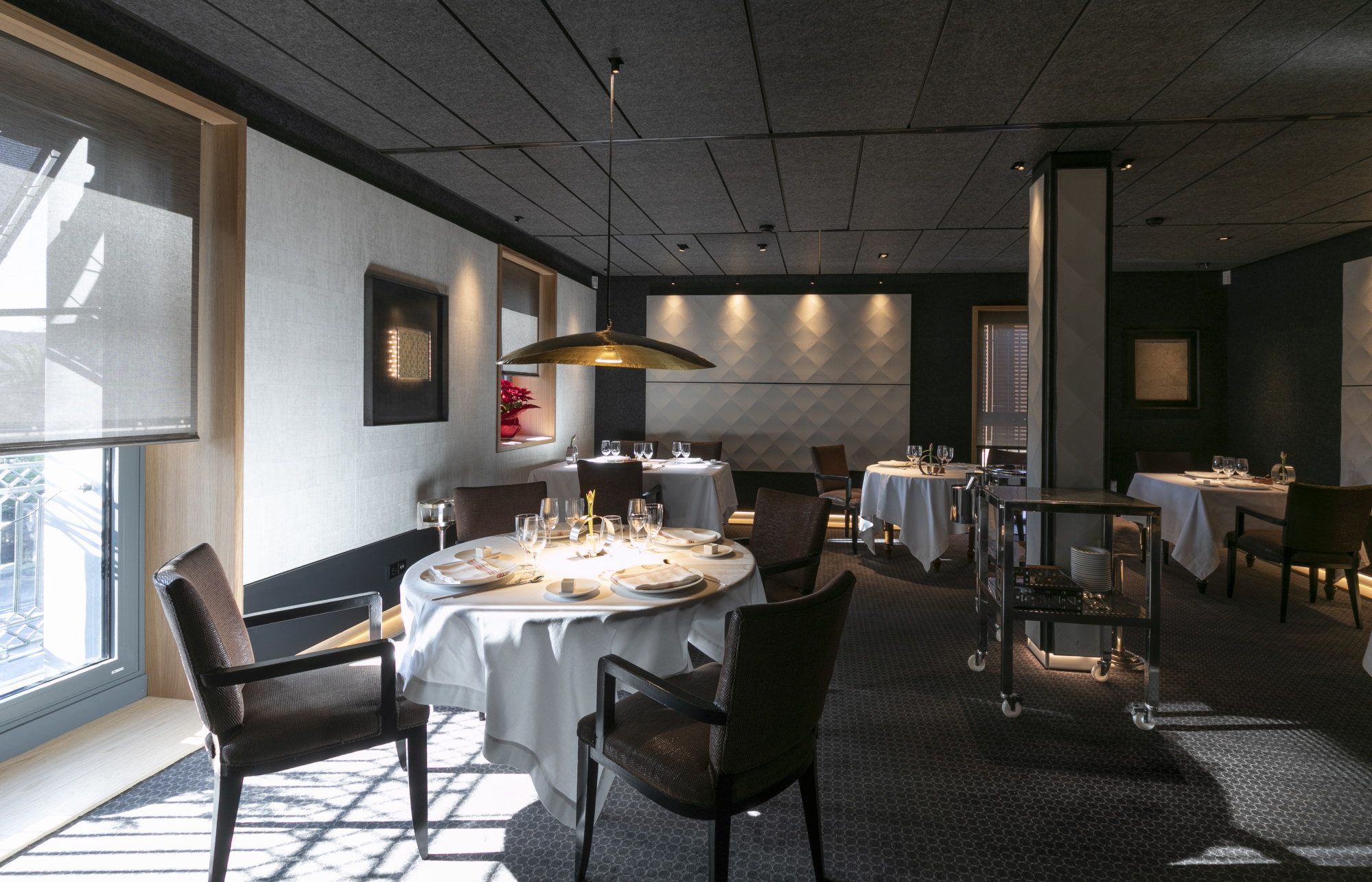
“Maybe an informal restaurant could work, but the investment required for opening a restaurant like ours, well, it’s very expensive.”
Hospitality’s famously gruelling working hours make the industry even less appealing to today’s young people; Arzak says San Sebastian is, like everywhere else, struggling to find restaurant staff.
“In my grandmother’s time no one took holidays – going to the hairdresser was a holiday. My parents also had limited time off. But we need to adapt to the times, we need to change,” she says. “Young people who are passionate can do it, but it takes a very big effort.”
What the future holds for this 126-year-old restaurant remains to be seen. In the meantime, Arzak stands firmly at the helm, steering her mother ship on an ever-evolving path through Basque culinary heritage.

